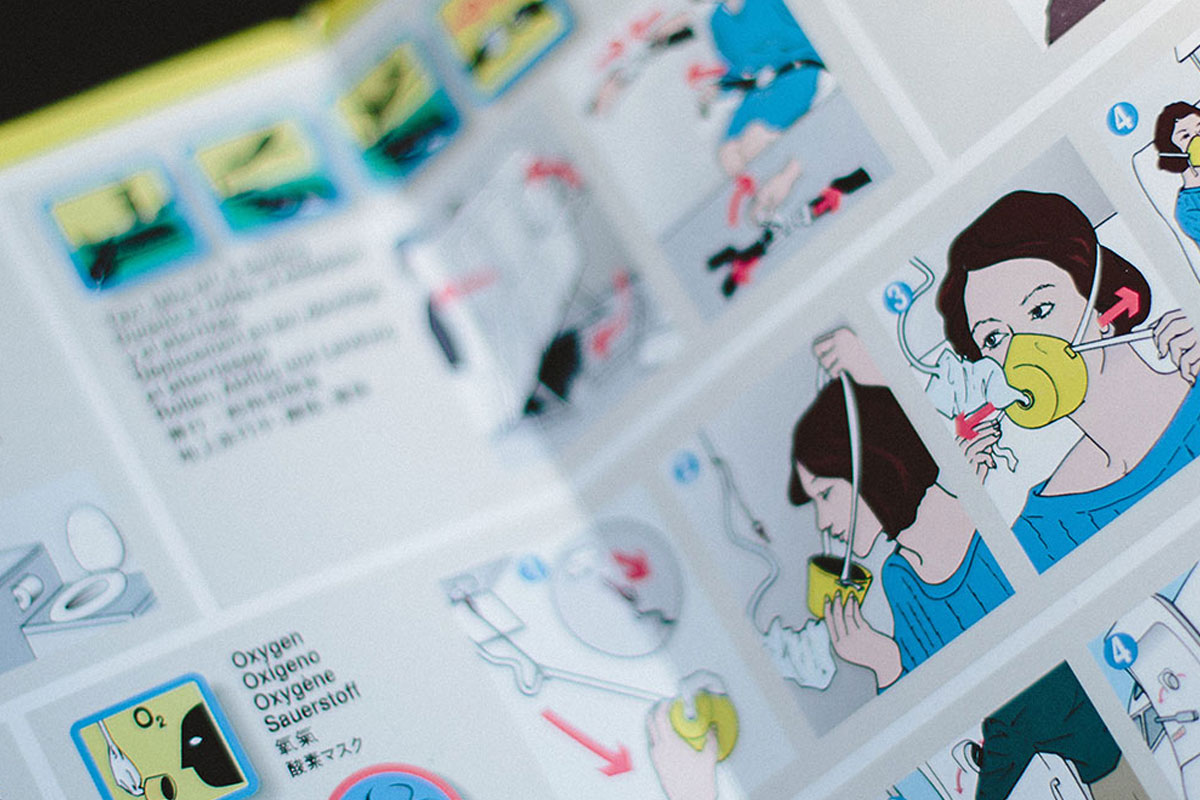A Practical Guide to ISO 45001 Implementation with AvISO and ISOvA


Introduction
ISO 45001 helps organisations manage health and safety risks, meet legal obligations, and build a safer, more resilient workplace. Whether you're aiming to reduce incidents, protect employee wellbeing, or meet client requirements, this guide breaks down implementation into seven clear steps aligned to Clauses 4 to 10 of Annex SL.
Each step includes practical advice, real examples, expanded tips, and shows how AvISO and ISOvA support your journey to certification and beyond.

Step 1
Understand the Context of Your Organisation
(Clause 4: Context of the Organisation)
What Clause 4 Covers
This clause helps you define the scope and strategic alignment of your OH&S Management System. It requires you to
• Identify internal and external issues that affect OH&S performance
• Understand the needs of workers and other interested parties
• Define the scope of the OH&S Management System
• Establish and document processes relevant to workplace safety
How to
• Map your organisational risks, industry hazards, and legal drivers
• Engage workers, clients, insurers, and regulators as interested parties
• Define the boundaries of your OH&S system, including exclusions
• Identify key OH&S processes and current arrangements
Example
A logistics firm includes drivers, depots, and office staff in scope, but excludes self-employed delivery agents working under separate contracts.
Risks if Overlooked
• Failure to address key risks or third-party impacts
• Misaligned scope with business operations
• Gaps in understanding worker expectations
How AvISO and ISOvA Help
• Context mapping and OH&S gap analysis
• Legal register creation including health and safety laws
• Templates for scope definition and risk contextualisation

Step 2
Demonstrate Leadership Commitment
(Clause 5: Leadership)
What Clause 5 Covers
Top management must actively lead and support health and safety. This includes
• Setting an OH&S policy aligned with strategic goals
• Ensuring roles and responsibilities are clear
• Promoting a culture of consultation, participation, and continual improvement
How to
• Create and share a leadership-signed OH&S policy
• Assign responsibilities for risk assessments, incident reporting, and worker involvement
• Lead from the top on health and safety communications
Example
A construction CEO includes OH&S targets in quarterly performance reviews and chairs a monthly safety steering group.
Risks if Overlooked
• OH&S seen as a compliance function, not strategic priority
• Poor engagement with frontline teams
• Resistance to system changes due to lack of leadership modelling
How AvISO and ISOvA Help
• Leadership coaching and OH&S briefings
• Performance dashboards with visibility for managers and directors
• Consultation frameworks and policy development tools

Step 3
Plan for OH&S Risks, Compliance, and Objectives
(Clause 6: Planning)
What Clause 6 Covers
Planning involves identifying and addressing hazards, legal obligations, and improvement opportunities. It includes
• Risk and opportunity assessment
• Compliance obligation mapping
• Setting OH&S objectives and plans to achieve them
How to
• Identify hazards through task-based risk assessments
• Record applicable OH&S legislation, codes of practice, and client rules
• Set SMART safety objectives with resources, responsibilities, and timelines
Example
An engineering firm sets a goal to reduce manual handling injuries by 40 percent in 12 months through training and revised handling protocols.
Risks if Overlooked
• Missed legal requirements or outdated risk assessments
• Objectives that don’t reflect operational needs
• Inadequate resources to implement changes
How AvISO and ISOvA Help
• Risk register development linked to OH&S hazards
• Planning workshops and legal reviews
• Integrated objectives tracking and compliance status updates

Step 4
Build OH&S Capability and Documentatio
(Clause 7: Support)
What Clause 7 Covers
Support ensures the system is resourced, communicated, and understood. It includes
• Worker competence and training
• OH&S awareness and communication
• Control of documents and records
How to
• Develop a training matrix for roles involving risk
• Provide refresher sessions, toolbox talks, and mental health training
• Store risk assessments, procedures, and incident logs with version control
Example
A warehousing company runs mandatory quarterly safety briefings and tracks staff attendance and understanding.
Risks if Overlooked
• Staff unaware of safety procedures or reporting methods
• Documents out of date or uncontrolled
• Inconsistent safety messaging across teams or shifts
How AvISO and ISOvA Help
• Safety and internal auditor training
• Documented information system with permissions and audit trails
• Toolbox talk templates and competence tracking tools

Step 5
Manage Operational OH&S Risks
(Clause 8: Operation)
What Clause 8 Covers
Operation ensures the safe delivery of your services. It includes
• Risk controls for hazardous tasks and sites
• Management of outsourced processes
• Preparedness for emergencies and change
How to
• Develop safe systems of work for high-risk activities
• Conduct contractor inductions and check method statements
• Prepare and test emergency plans for fire, injury, or chemical spills
Example
A manufacturing plant implements a permit-to-work system for maintenance work, tracked through ISOvA.
Risks if Overlooked
• Safety systems that exist only on paper
• Contractors not adhering to site controls
• Delays or errors in emergency response
How AvISO and ISOvA Help
• Process control documentation and guidance
• Operational risk and aspect registers
• Emergency plan templates and contractor compliance tracking

Step 6
Monitor Safety Performance and Feedback
(Clause 9: Performance Evaluation)
What Clause 9 Covers
This clause focuses on reviewing and learning from system performance. It includes
• Monitoring and measurement of OH&S performance
• Internal audits
• Leadership-led management reviews
How to
• Track leading and lagging indicators (e.g. incident rates, audit scores, near misses)
• Run internal audits across all relevant processes and shifts
• Hold management reviews covering risks, compliance, and worker feedback
Example
A services company includes HSE performance in quarterly board reviews and links KPIs to operational planning.
Risks if Overlooked
• Declining safety performance unnoticed until incidents occur
• No lessons learned from audits or feedback
• Low engagement from leadership or workers
How AvISO and ISOvA Help
• Internal audits and evaluation reviews
• Audit dashboards and performance trackers
• Management review templates tailored to OH&S

Step 7
Improve and Learn from Experience
(Clause 10: Improvement)
What Clause 10 Covers
Improvement requires organisations to investigate problems and improve proactively. It includes
• Corrective actions and root cause analysis
• Evaluation of action effectiveness
• Continuous learning and risk reduction
How to
• Record incidents, near misses, and improvement ideas
• Investigate all serious cases with root cause tools
• Review effectiveness of actions and report learning
Example
A food production site logs a series of minor slips and updates its flooring policy, footwear rules, and cleaning schedules.
Tip
Reward reporting of issues and ideas. Use trend data to identify patterns across teams or sites. Build improvement into monthly reviews and make it part of performance reviews. Share success stories and lessons learned to reinforce a culture of safety.
Risks if Overlooked
• Repeat incidents from unaddressed root causes
• Failure to act on valuable worker input
• A reactive rather than proactive safety culture
How AvISO and ISOvA Help
• Corrective action planning and incident investigation workshops
• Improvement tracking tools linked to risk and audit data
• Ongoing retained consultancy for culture and system development
Need help with our how-to guide, have a question, or want to know more about how we can help you gain certification? Get in touch.
Kent: 01892 800476 | London: 02037 458 476 | info@avisoconsultancy.co.uk


